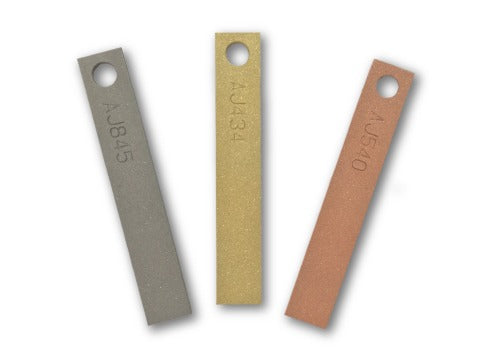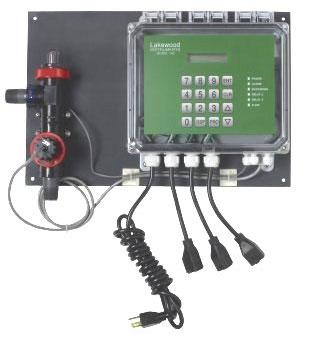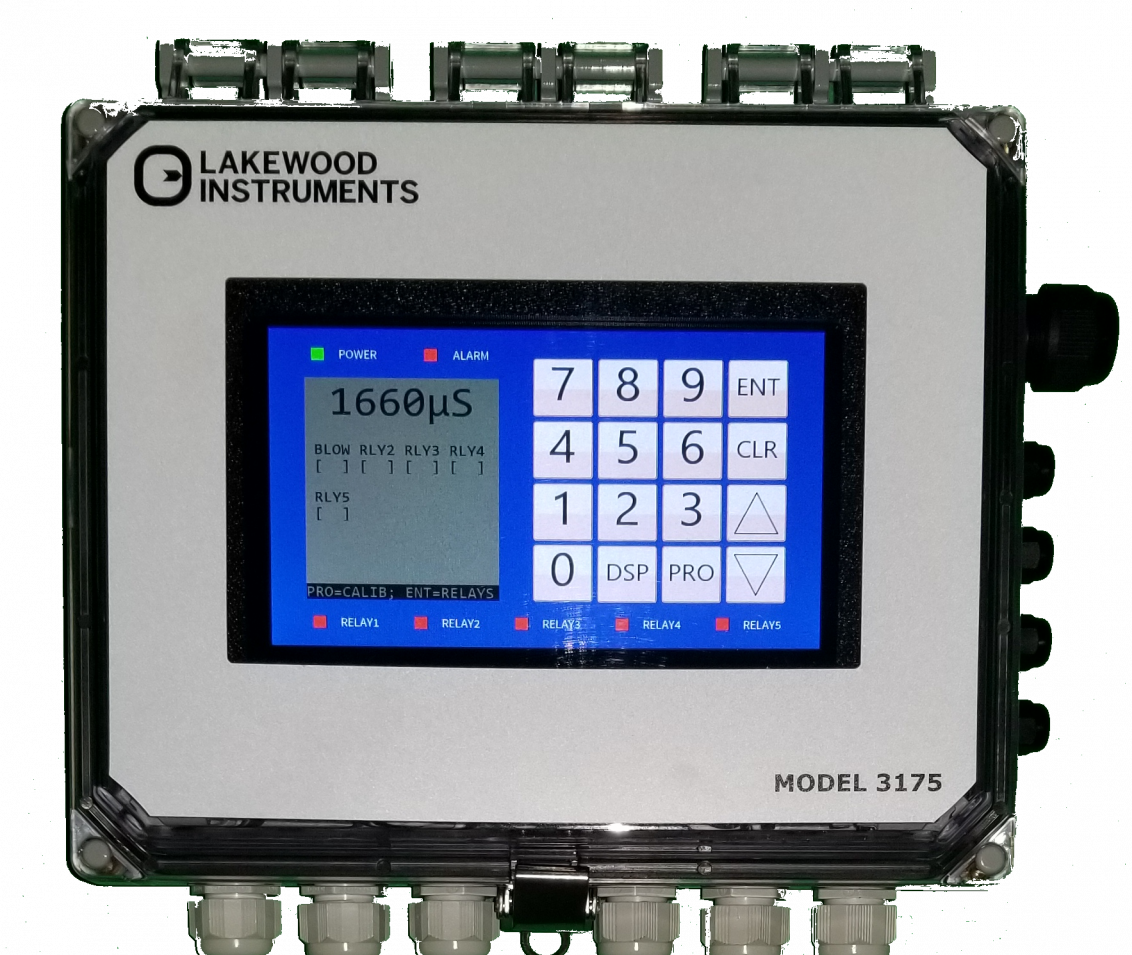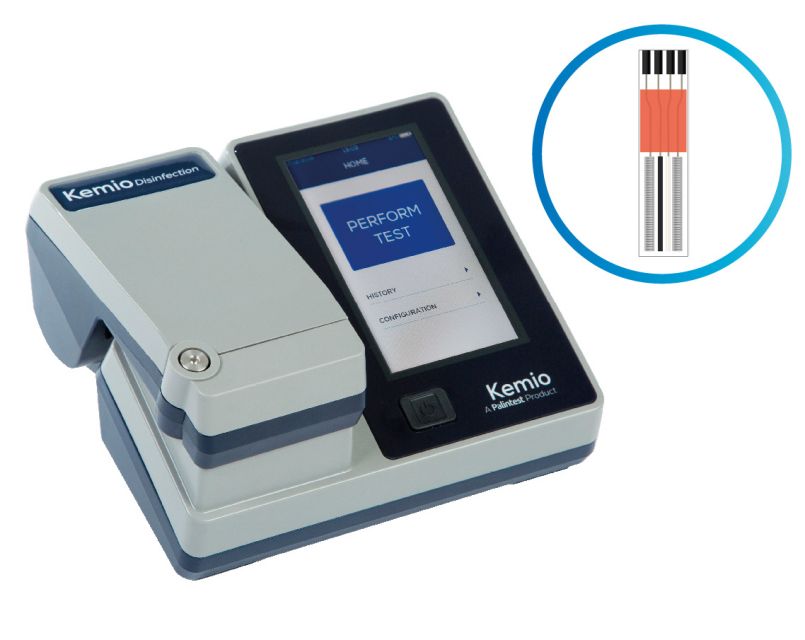Corrosion Coupons Fundamentals
April 26, 2016 0 Comments

The most obvious method of assessing the corrosively of a cooling water system to a specific material is to expose a specimen or coupon made of that material for a given time in the flowing water. Coupons are made from specific alloys, which have been cleaned and pre-weighed with a known surface area. Coupons vary widely in size and shape. Some commonly used coupons are ½ inch (12.5 mm) wide, 3 inch (75 mm) in length, and 1/16 inch (1.6 mm) thick, having an approximately 3.4 in2 (2194 mm2) surface area. At selected time intervals, the coupons are removed, cleaned, and reweighed to determine the metal loss.
The weight loss is converted to overall thickness loss or average corrosion rate expressed in mpy, as follows:
Mpy = 22.25 x Δ W/(A x d x D)
Where
ΔW = weight change (mg), A = coupon surface area (in2).
D = metal density (g/cm3), and D = exposure time (days).

How to calculate the corrosion coupon exposed area (Ref. NACE RP0775)

Conversion to metric units, millimeter per year (mm/y), requires the above equation to be multiplied by 0.0254.
Mm/y = 0.0254 x mpy
Corrosion coupons are highly susceptible to initial corrosion because the metal surface is in an “active” state due to surface preparation. Coupons should not be touched during monitoring and installation process. Use of plastic gloves when handling the coupons is highly recommended. Normally, 30 days is a typical test period for low-corrosivity water under 10 mpy (0.25 mm/y). Low-corrosivity water usually contains chemical treatments to stifle corrosion attack. Exposure periods less than 30 days can yield misleading results. Frequently, long-term tests are required for up to 90 days’ exposure. During this time frame three sets of coupons are normally placed in a test rack and changed in a sequence of 30-, 60-, and 90- day intervals. Normally, the longer the exposure period, the lower the measured average corrosion rate and the more closely the coupons will approximate conditions in the system. Figure 1 graphically shows the decrease in corrosion rate with exposure time. Steady state is normally achieved in the 60- to 90-day time frame.

Screws and nuts made of nylon or plastic should be used to hold the coupons to the coupon holder. Mixed metallurgy should be avoided. Copper-base screws and nuts should not be used to hold carbon steel or stainless steel coupons. Galvanized screws and nuts should never be used.
Coupons having large amounts of deposits or tuberculation may indicate insufficient chemical treatment, unstable water characteristics, or highly corrosive conditions. Alternatively, deposits may have been transported from elsewhere in the system. Heavy, uniform deposits will reduce corrosion rates, since they can act as a protective barrier.
Visit www.yamathosupply.com
Also in Blog

Advanced Cooling Tower Management: Enhancing Efficiency with Lakewood Model 140
February 28, 2024 0 Comments

Optimizing Cooling Tower Performance: Understanding Efficiency, Maintenance, and Water Quality Management
February 28, 2024 0 Comments

Revolutionizing Water Analysis: Everything You Need to Know About the Kemio KEM10DIS
April 19, 2023 0 Comments


